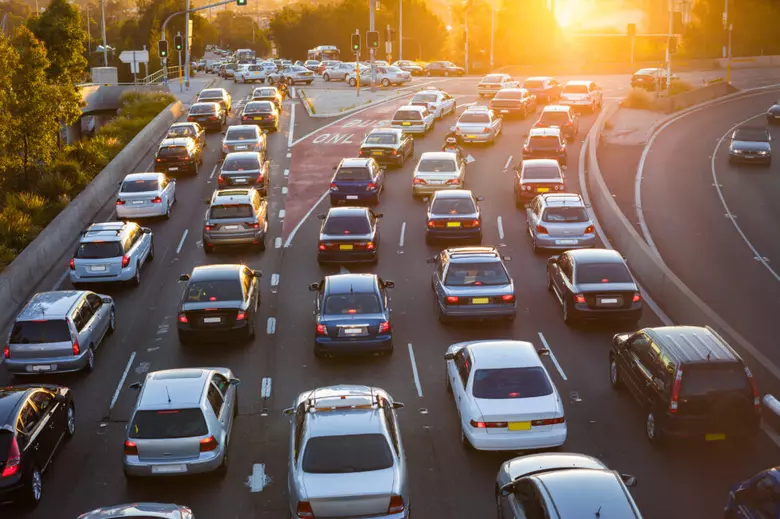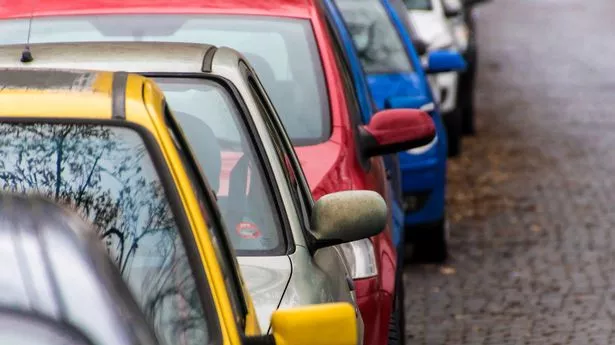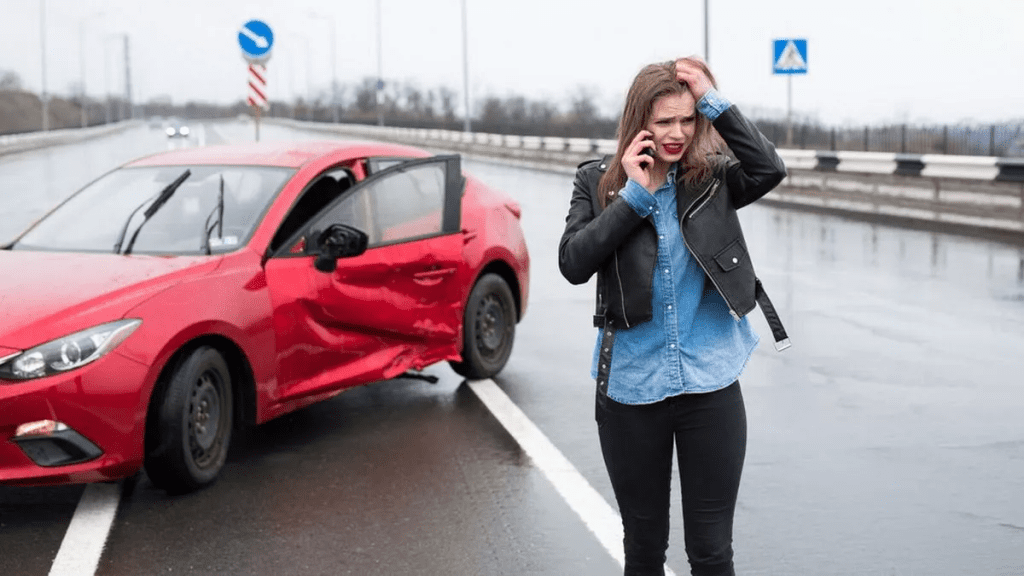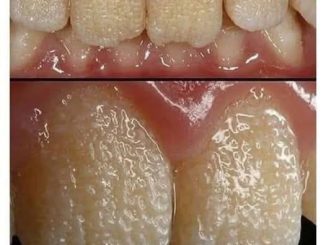
Have you ever wondered if the colour of your car plays a role in your safety while driving? As it turns out, it does.
While it’s true that personal preference drives most car colour choices, certain hues may be putting drivers at a higher risk of accidents. In the UK, the most popular car colours—grey, black, and blue—are unfortunately among the most dangerous, according to the RAC.
Though safe driving practices are paramount to preventing accidents, the visibility of your vehicle is another important factor to consider. Research has found that black cars are the most hazardous, particularly at night. The dark colour makes it difficult for pedestrians and other drivers to spot them, significantly increasing the likelihood of a crash.

Grey cars also have a higher accident rate compared to lighter-coloured vehicles, with blue and red cars not far behind. Even during daylight hours, darker vehicles are harder to see, which can make it more difficult for other road users to react in time.
If you’re looking to stay as safe as possible, your best bet is to choose a lighter-coloured car. While white cars might require a bit more upkeep due to their tendency to show dirt, they are far more visible to other drivers, helping you avoid potential accidents. However, the absolute safest car colour is yellow—though not a common choice for many. In fact, last year only around 11,000 yellow cars were sold in the UK, while more than 423,000 black cars were purchased.

A survey by the AA found that yellow and silver cars are the safest to drive, as they are much easier to spot on the road. That said, experts note that car crashes involve many factors, and the colour of your vehicle is just one of them. Regardless of what colour your car is, the most important thing you can do is drive attentively and make sure your vehicle is as visible as possible to others.



